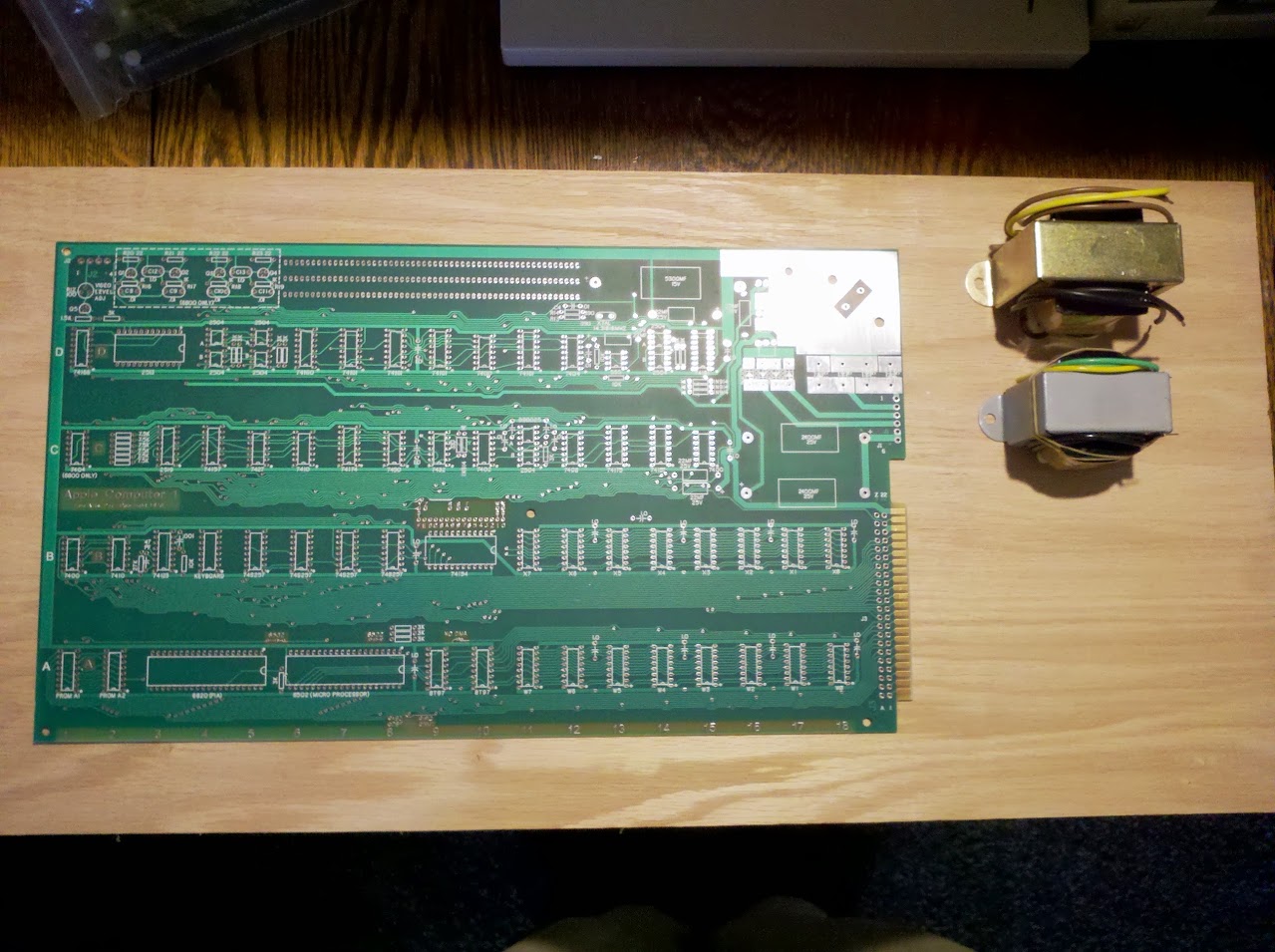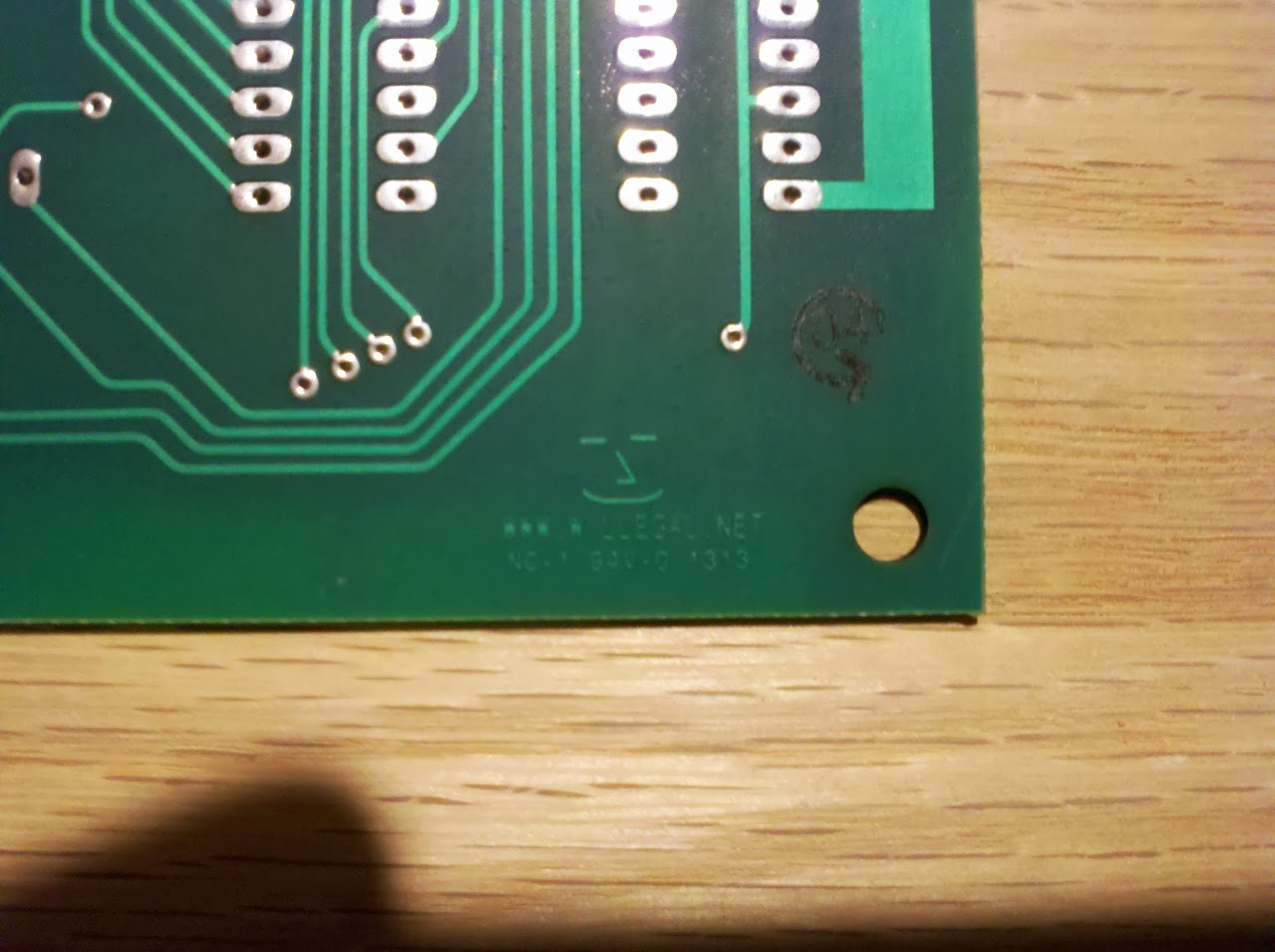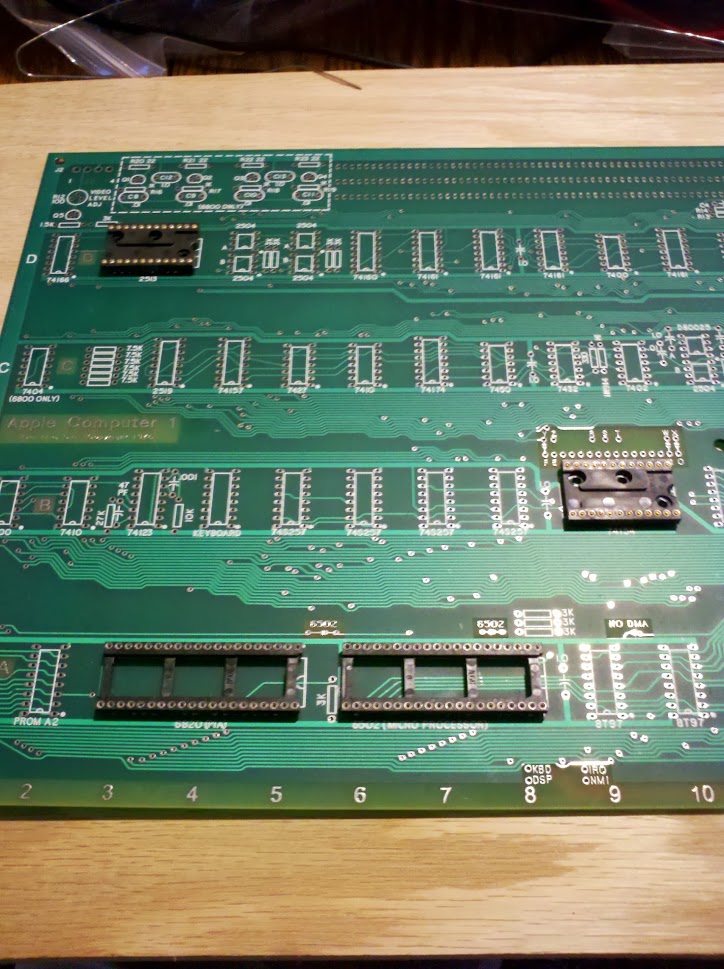Today, we’ll have a more historical look at Apple’s evil actions.
In 1977, Apple released the Apple ][, the refinement of Steve Wozniak’s engineering into a more complete computer. This machine and its wide family of descendants were extremely popular for many uses, and were used in many schools across the US.
Prior to the 1980s, computers in the hobbyist market, what Apple knew, tended to last for a couple years on the market, and then were pushed out by the latest and greatest. Backwards compatibility wasn’t understood. So, Apple figured that by 1980, they would be dead in the water if they stuck with the Apple ][, hence a project to create both a short-term and a long-term successor, aimed at the business market.
These machines were the Apple /// and Lisa, both colossal failures in the marketplace, for different reasons. However, Apple decided to actively neglect the Apple ][ while developing the Apple /// – despite the Apple ][ Plus racking up massive profits for them, and funding all of the projects meant to kill it.
That’s not what’s evil, that’s just them not knowing better.
The Mac was eventually the ultimate successor to the Apple II line, although it had to push the wildly popular Apple II out of the way first. So, again, Apple started neglecting the Apple II, not giving it upgrades or promotion that it deserved.
Here’s where it got evil. Apple, knowing they were trying to kill the Apple II, started releasing the Apple II Guide. This was a series of guides listing all sorts of information about the Apple II, with statements that Apple had no plans to cancel the Apple II, to reassure customers. Problem is, they did that in the 1992 edition, right before cancelling all Apple II projects (and knowing they were going to do it.)
Way to abandon your loyal customers, Apple.
I’ll admit that I wasn’t around for this, but I’ve read a lot about it. If I’ve gotten some of my facts wrong, please comment, and I’ll correct it.
No specific source for today.


